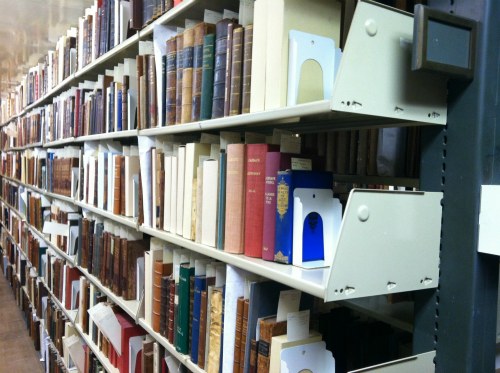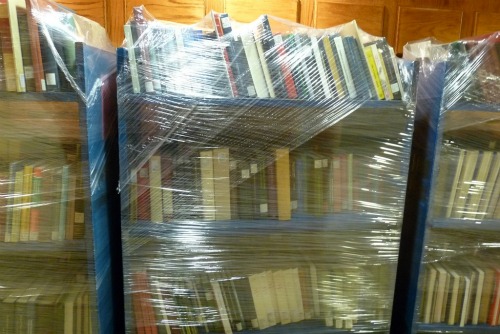It’s the fifth and final week of our series on the History of Medicine Collections‘ move from the Medical Center Library on Duke’s medical campus to the RBMSCL on West Campus.
And the move, we are pleased to announce, is complete. Through a true team effort, including staff from the Medical Center Library & Archives, RBMSCL, and Perkins Library, the move happened smoothly. Professional movers handled most of the items from the collections, and transferred them with extreme care from the Medical Center Library to their new location.
With this relocation come expanded hours as RBMSCL has weekend and evening hours. Researchers will find opportunities to discover overlapping collections within RBMSCL as well. There are many collections that complement the History of Medicine’s holdings from the Sallie Bingham Center for Women’s History and Culture, the John Hope Franklin Research Center for African and African American History and Culture, and the John W. Hartman Center for Sales, Advertising, and Marketing History. Topics such as women’s health, minority health, medical advertising, and innovations in health care are represented in the collections held at RBMSCL.
No appointment is necessary and all are welcome, so please be sure to visit the History of Medicine Collections in its new home.
Post contributed by Rachel Ingold, Curator for the History of Medicine Collections.










